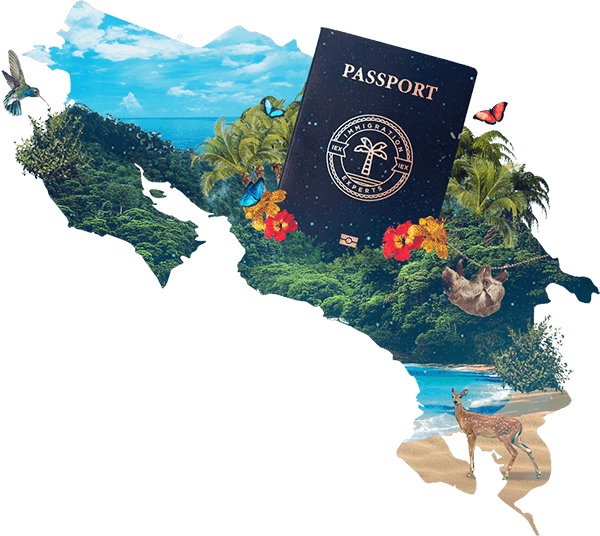Welcome to the rhythmic heart of Costa Rica! As an expat, immersing yourself in the local music and dance scene is not just about entertainment—it’s a vibrant pathway to understanding and enjoying the rich cultural tapestry of your new home. This guide takes you on a melodious journey through Costa Rica’s musical traditions and dance forms, inviting you to listen, learn, and sway to the Pura Vida rhythms.
The Melodic Mosaic of Costa Rican Music
Costa Rica’s music is a harmonious blend of indigenous, European, and African influences, creating a unique sound that resonates with the diversity of its people. From the folk tunes of Guanacaste to the calypso beats of the Caribbean coast, each region has its own musical identity.
Marimba: The Soulful Sounds of the Land
Our exploration begins with the marimba, Costa Rica’s national instrument. This wooden percussion instrument, with its resonant, melodic tones, is central to Costa Rican folk music. Attend a local fiesta, and you’ll likely hear its captivating rhythms setting the tone for the evening.
Interactive Element: Marimba Music Workshops
Join a local marimba workshop, where you can learn to play basic melodies. These workshops are not just about music; they’re about storytelling, as each tune carries a tale of Costa Rican life.
Salsa, Merengue, and Cumbia: The Dance of Life
In Costa Rica, dance is a celebration of life. Salsa, Merengue, and Cumbia are not just dance forms; they are social languages that express joy, community, and passion. As an expat, learning these dances is a delightful way to connect with locals and immerse yourself in the social fabric of your new home.
Interactive Element: Dance Classes and Social Nights
Participate in local dance classes tailored for beginners. These classes often culminate in social dance nights, where you can practice your moves, meet new people, and experience the joyous communal atmosphere.
The Calypso Beat of Limón
In the province of Limón, the Afro-Caribbean influence is strong, and Calypso music reigns supreme. This rhythmic music, with its upbeat tempo and storytelling lyrics, reflects the history and spirit of the Caribbean side of Costa Rica.
Interactive Element: Virtual Music and Dance Festival
Experience the vibrancy of Costa Rican music and dance through a virtual festival, featuring performances of traditional and contemporary styles, interviews with local artists, and virtual dance lessons.
Conclusion
Embracing the sounds and movements of Costa Rica is more than a cultural experience; it’s a journey into the heart of what makes this country so special. As you tap your feet to the rhythm of the marimba or swirl to the beats of salsa, you’re not just learning new music and dance forms—you’re becoming a part of Costa Rica’s living, breathing cultural legacy.












